Blavatnik Galleries review: how art is war's 'most truthful witness'
New space displays some of the Imperial War Museum's finest art, film and photography
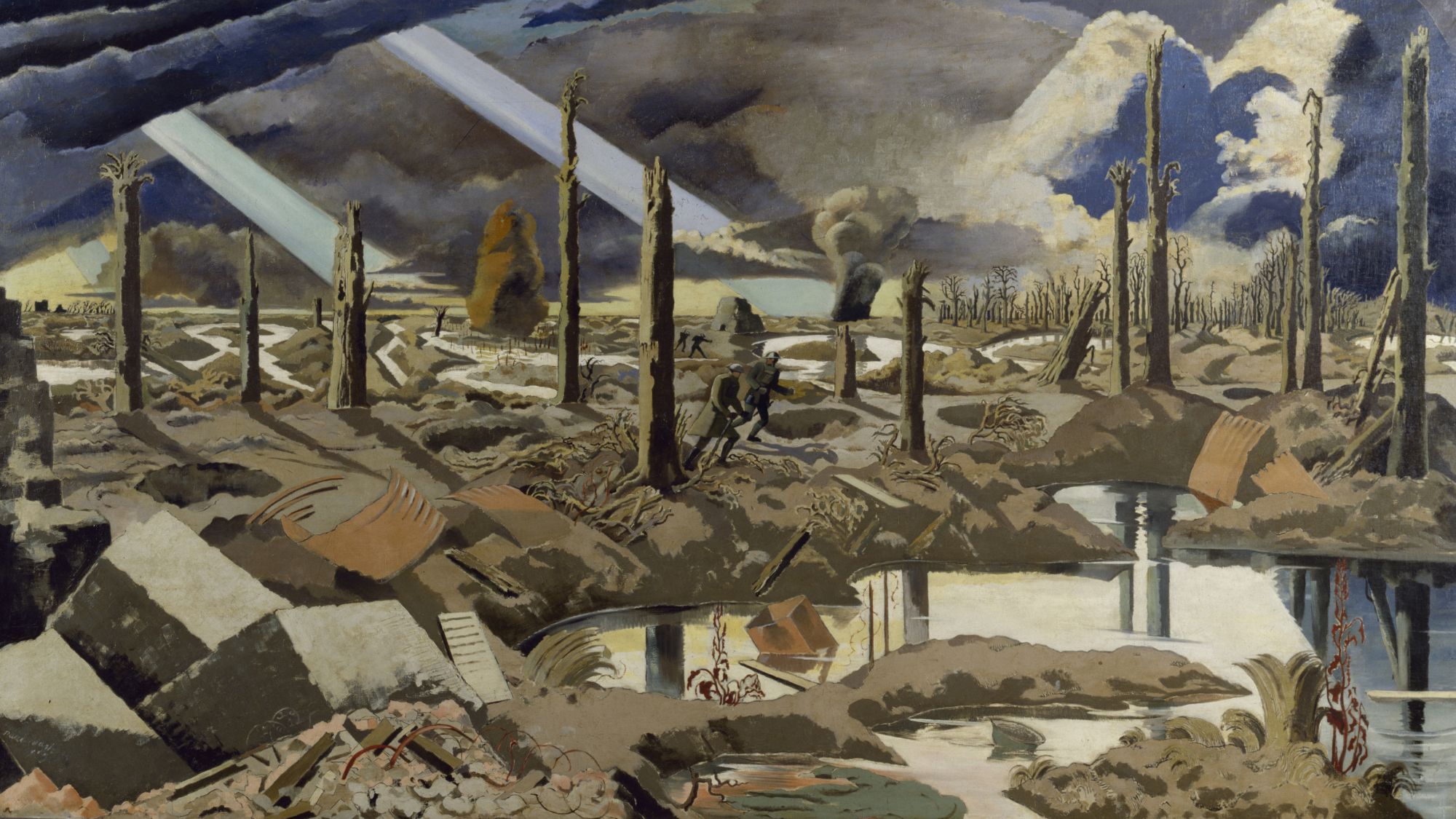
Since it was founded in 1917, London's Imperial War Museum has quietly built up a vast collection of art created in response to conflict, said Simon Heffer in The Daily Telegraph. Its holdings include not only "some of the finest paintings of warfare in the nation's possession", but also hundreds of drawings, prints and sculptures, as well as some "12 million photographs, and 23,000 hours of film footage". Where previously this "fine" trove of art and images was scattered throughout the museum, it now has a dedicated home courtesy of a purpose-built extension that at long last gives the public a chance to fully appreciate it. The new Blavatnik Art, Film and Photography Galleries contain all manner of materials, from wartime masterpieces by the likes of Eric Ravilious and Paul Nash to art created in response to recent conflicts in the Middle East, as well as ephemera including "propaganda posters", "documentary footage of battle" and newsreel films. If there is one complaint about this "handsome" display, it is that it "could never hope to be big enough".
In the context of today's geopolitics, the new space feels "not just topical, but essential", said Stuart Jeffries in The Guardian. The centrepiece of the gallery is John Singer Sargent's epic "Gassed", six metres wide, depicting "a procession of wounded men stumbling, blindfolded, towards a dressing station". Other works range from the angry – Peter Kennard and Cat Phillipps's 2007 photomontage of Tony Blair "holding his phone for a selfie against a background of burning oilfields" – to the reflective. Steve McQueen, appointed an official war artist in 2003, commemorated each of the 179 UK military personnel killed in Iraq with a postage stamp, juxtaposing images of the dead soldiers with "the silhouetted head of the Queen". The stamps were deemed too controversial for Royal Mail to issue – almost, McQueen suggested, as if people were "ashamed" of the dead.
"There is enough engrossing material on display here to keep you sobbing for a week," said Waldemar Januszczak in The Sunday Times. Doris Zinkeisen, the first official artist to enter Bergen-Belsen concentration camp, for instance, depicted its inmates as "grotesquely skeletal and white, thrown out of the death huts like discarded rubbish". More subtly, Walter Sickert's "Tipperary" (1914) sees a woman at a piano in one of his trademark "gloomy" interiors: "the mournful notes counting the miles to Tipperary are as audible as a party next door". Meanwhile, documentary material including letters, timelines and photographs "keep us grounded in the facts". If the Imperial War Museum once felt like a "spooky" institution without a clear role, the new galleries grant it "gravitas and sincerity". The Blavatnik Galleries have "achieved extreme pertinence", and confirm art as "war's most truthful witness".
The Week
Escape your echo chamber. Get the facts behind the news, plus analysis from multiple perspectives.

Sign up for The Week's Free Newsletters
From our morning news briefing to a weekly Good News Newsletter, get the best of The Week delivered directly to your inbox.
From our morning news briefing to a weekly Good News Newsletter, get the best of The Week delivered directly to your inbox.
Imperial War Museum, London SE1 (020-7416 5000, iwm.org.uk). Now open (free entry)
Sign up to The Week's Arts & Life newsletter for reviews and recommendations
A free daily email with the biggest news stories of the day – and the best features from TheWeek.com
-
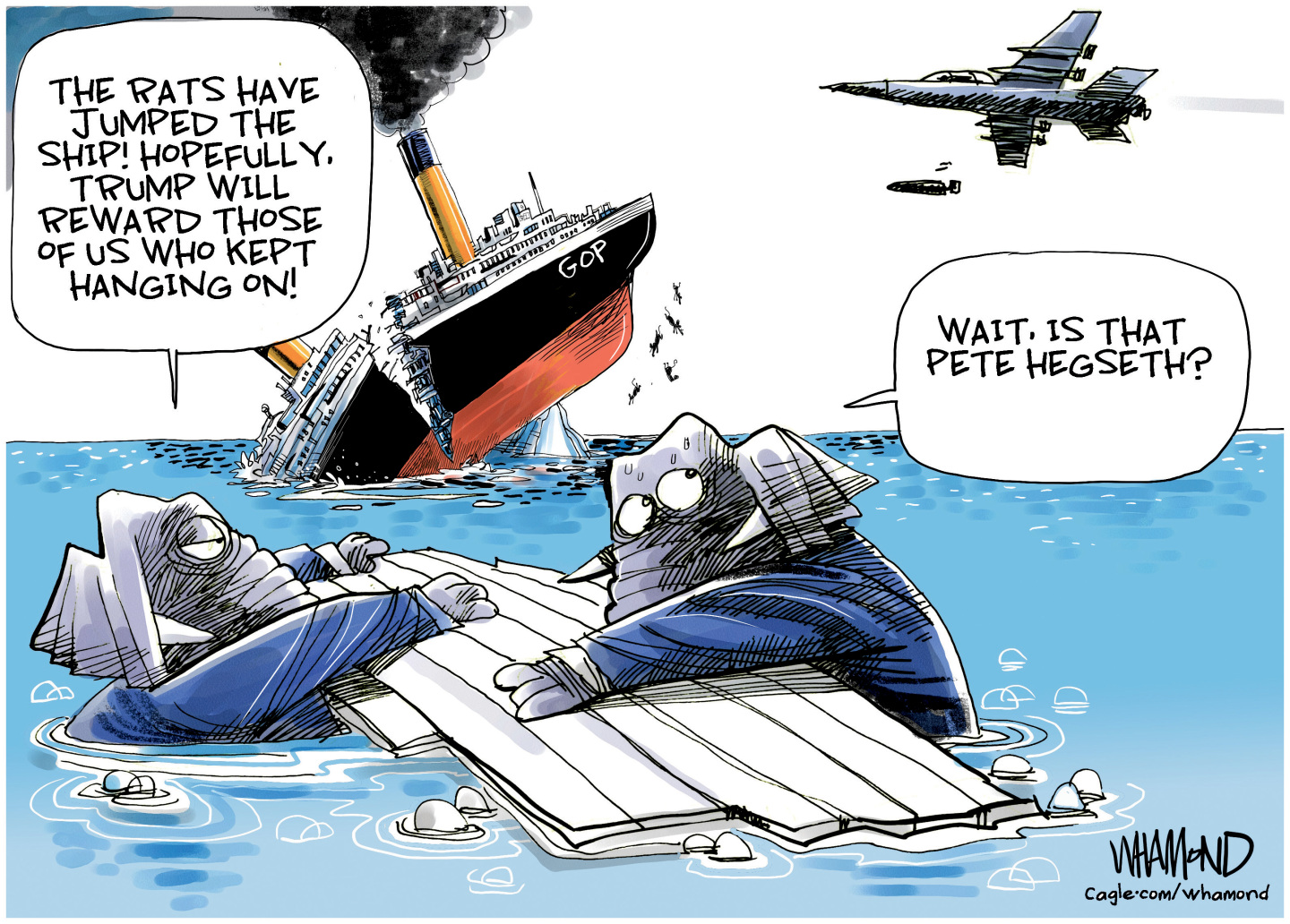 Political cartoons for December 20
Political cartoons for December 20Cartoons Saturday’s political cartoons include drowning rats, the ACA, and more
-
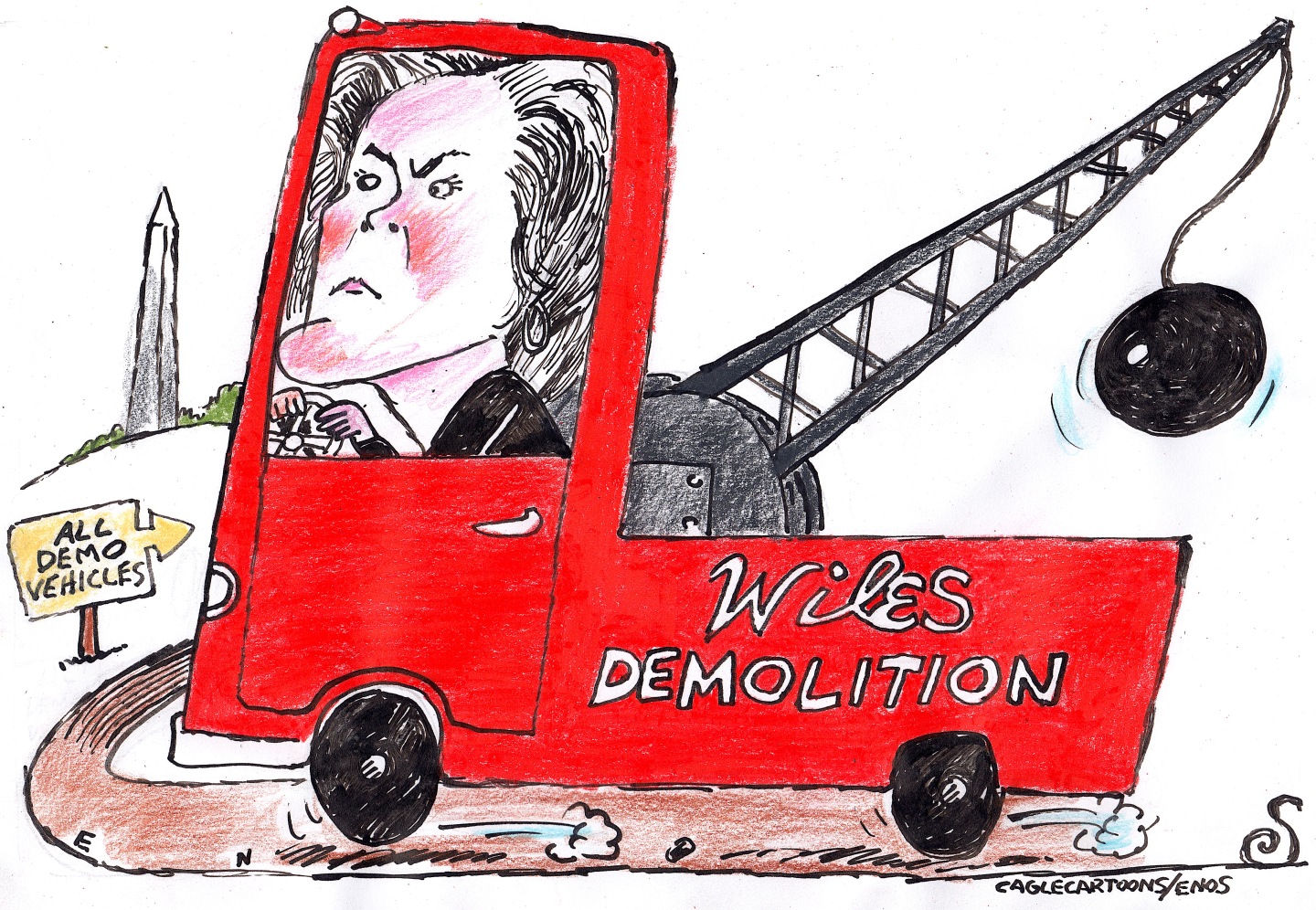 5 fairly vain cartoons about Vanity Fair’s interviews with Susie Wiles
5 fairly vain cartoons about Vanity Fair’s interviews with Susie WilesCartoon Artists take on demolition derby, alcoholic personality, and more
-
 Joanna Trollope: novelist who had a No. 1 bestseller with The Rector’s Wife
Joanna Trollope: novelist who had a No. 1 bestseller with The Rector’s WifeIn the Spotlight Trollope found fame with intelligent novels about the dramas and dilemmas of modern women
-
 Joanna Trollope: novelist who had a No. 1 bestseller with The Rector’s Wife
Joanna Trollope: novelist who had a No. 1 bestseller with The Rector’s WifeIn the Spotlight Trollope found fame with intelligent novels about the dramas and dilemmas of modern women
-
 Appetites now: 2025 in food trends
Appetites now: 2025 in food trendsFeature From dining alone to matcha mania to milk’s comeback
-
 The best music of 2025
The best music of 2025The Week Recommends These were some of the finest releases of the past year
-
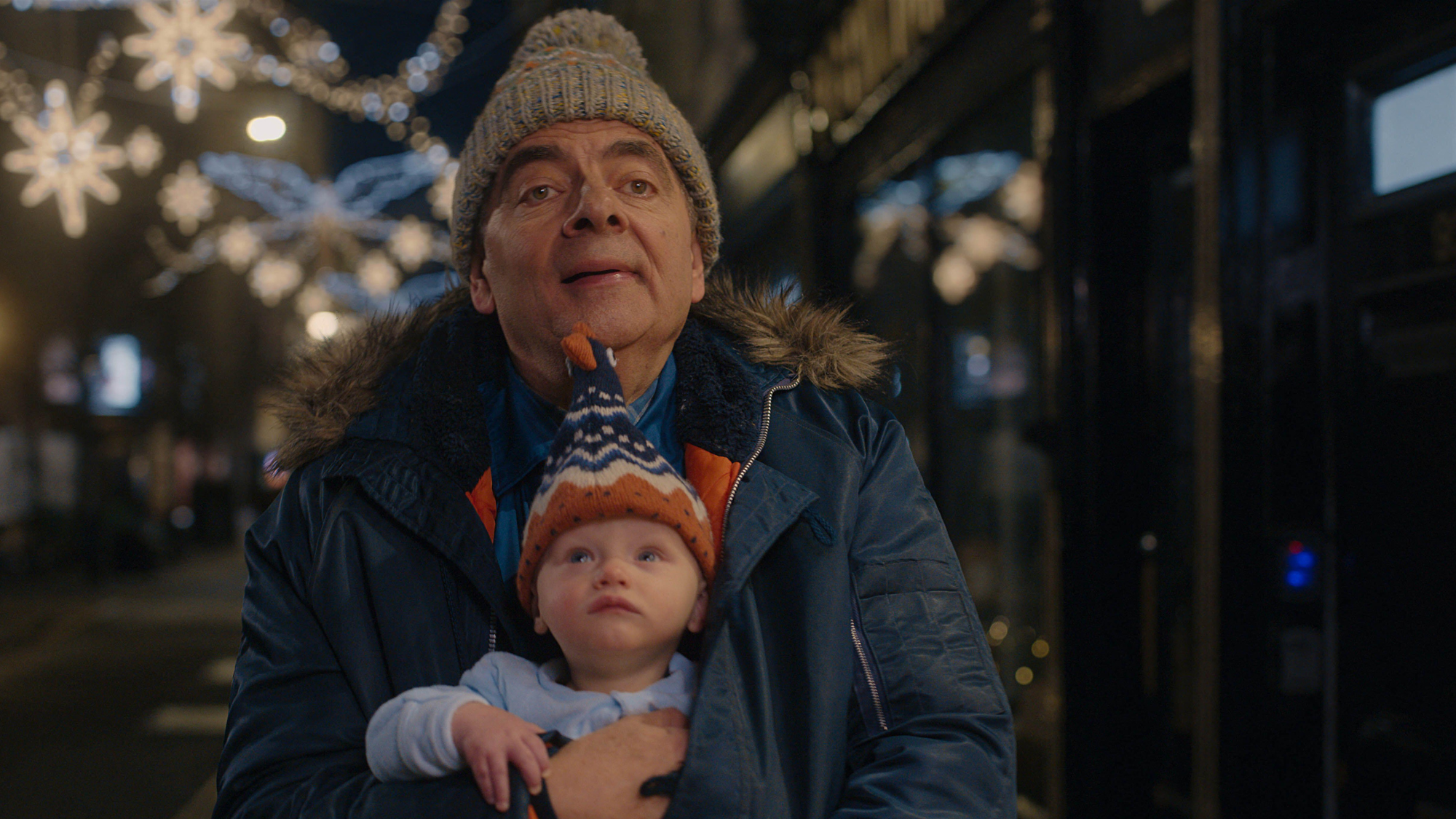 Man vs Baby: Rowan Atkinson stars in an accidental adoption comedy
Man vs Baby: Rowan Atkinson stars in an accidental adoption comedyTalking Point Sequel to Man vs Bee is ‘nauseatingly schmaltzy’
-
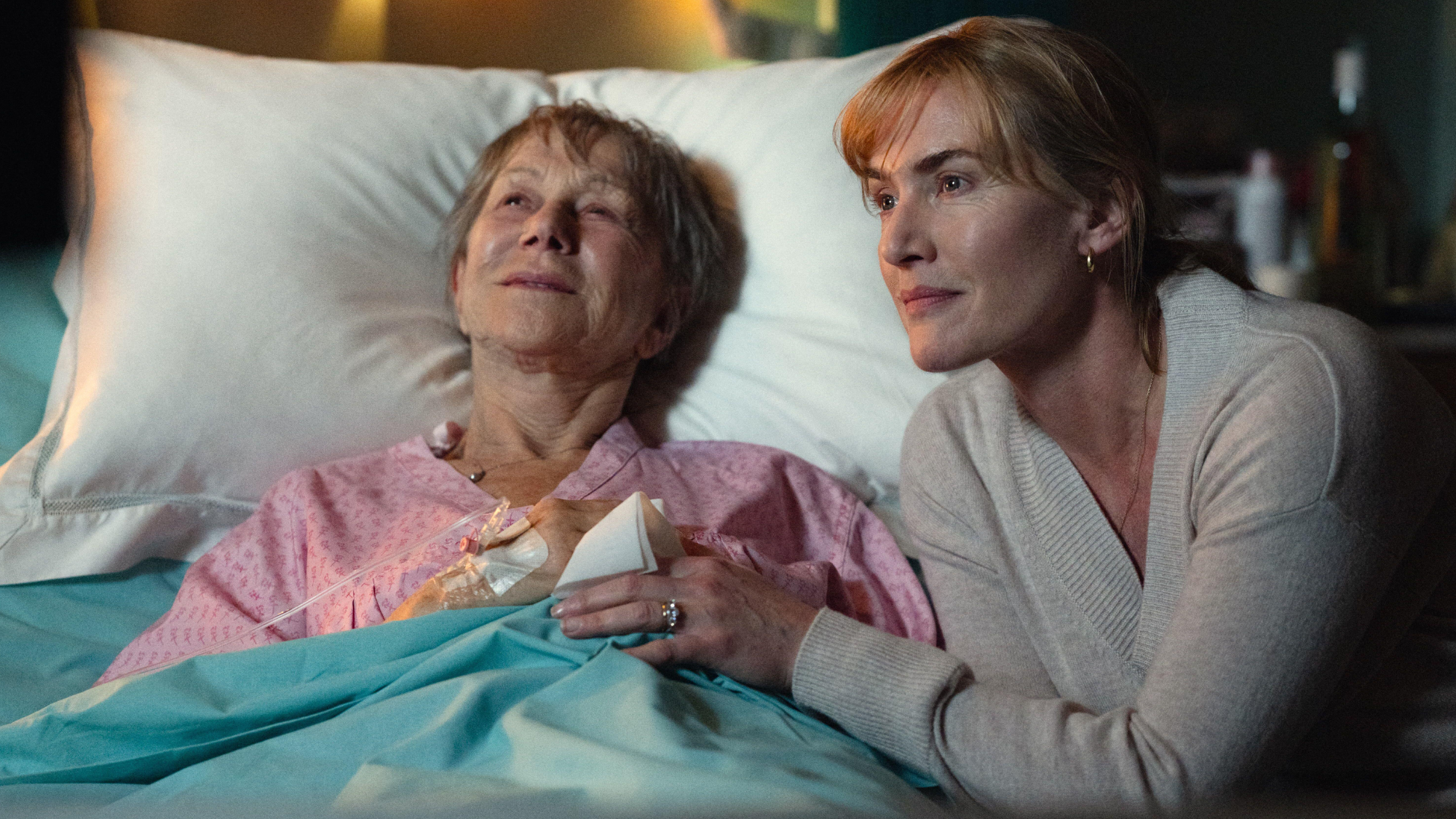 Goodbye June: Kate Winslet’s directorial debut divides critics
Goodbye June: Kate Winslet’s directorial debut divides criticsTalking Point Helen Mirren stars as the terminally ill English matriarch in this sentimental festive heartwarmer
-
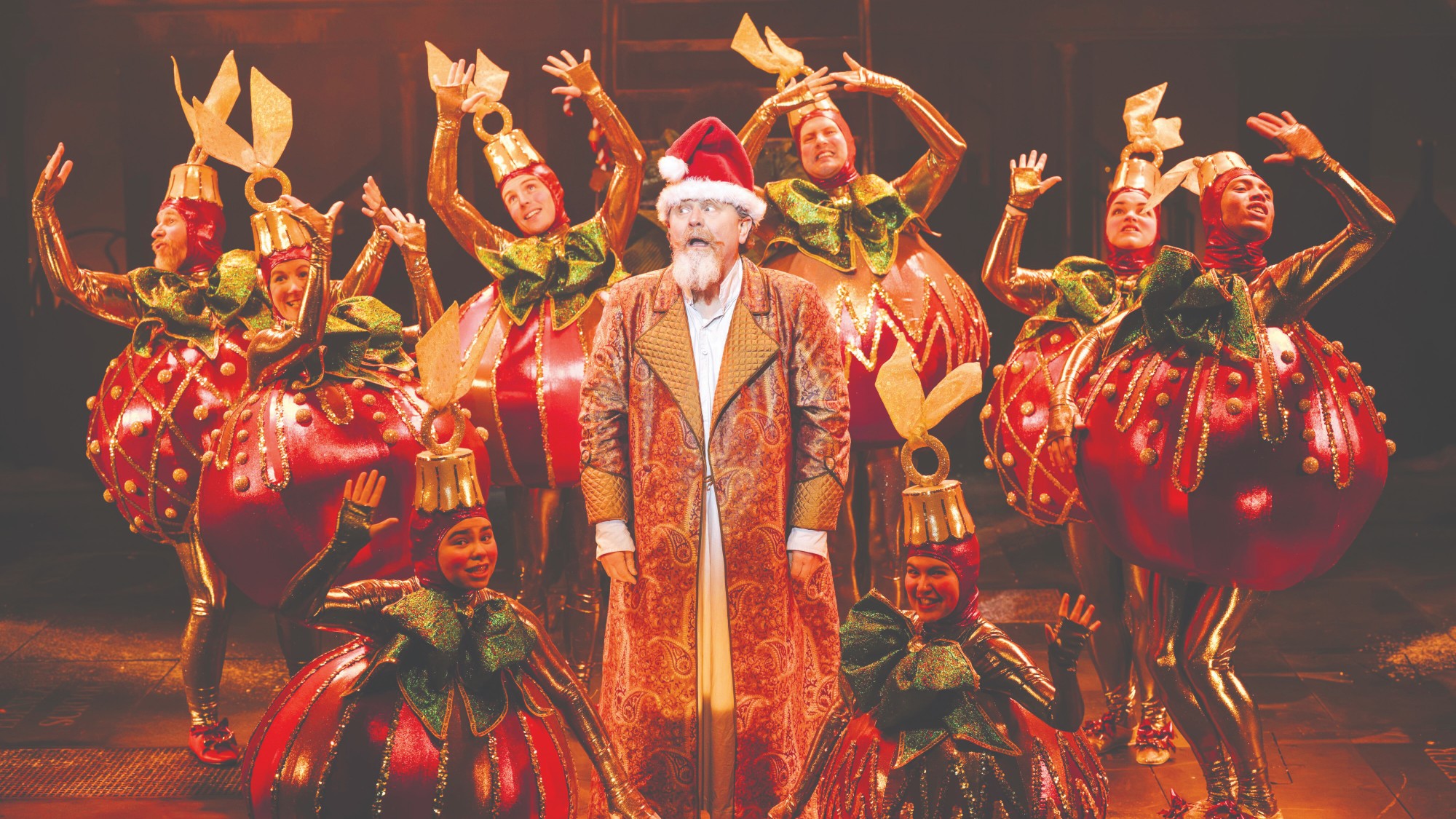 A Christmas Carol (or two)
A Christmas Carol (or two)The Week Recommends These are the most delightful retellings of the Dickens classic from around the country
-
 ‘Capitalism: A Global History’ by Sven Beckert and ‘American Canto’ by Olivia Nuzzi
‘Capitalism: A Global History’ by Sven Beckert and ‘American Canto’ by Olivia NuzziFeature A consummate history of capitalism and a memoir from the journalist who fell in love with RFK Jr.
-
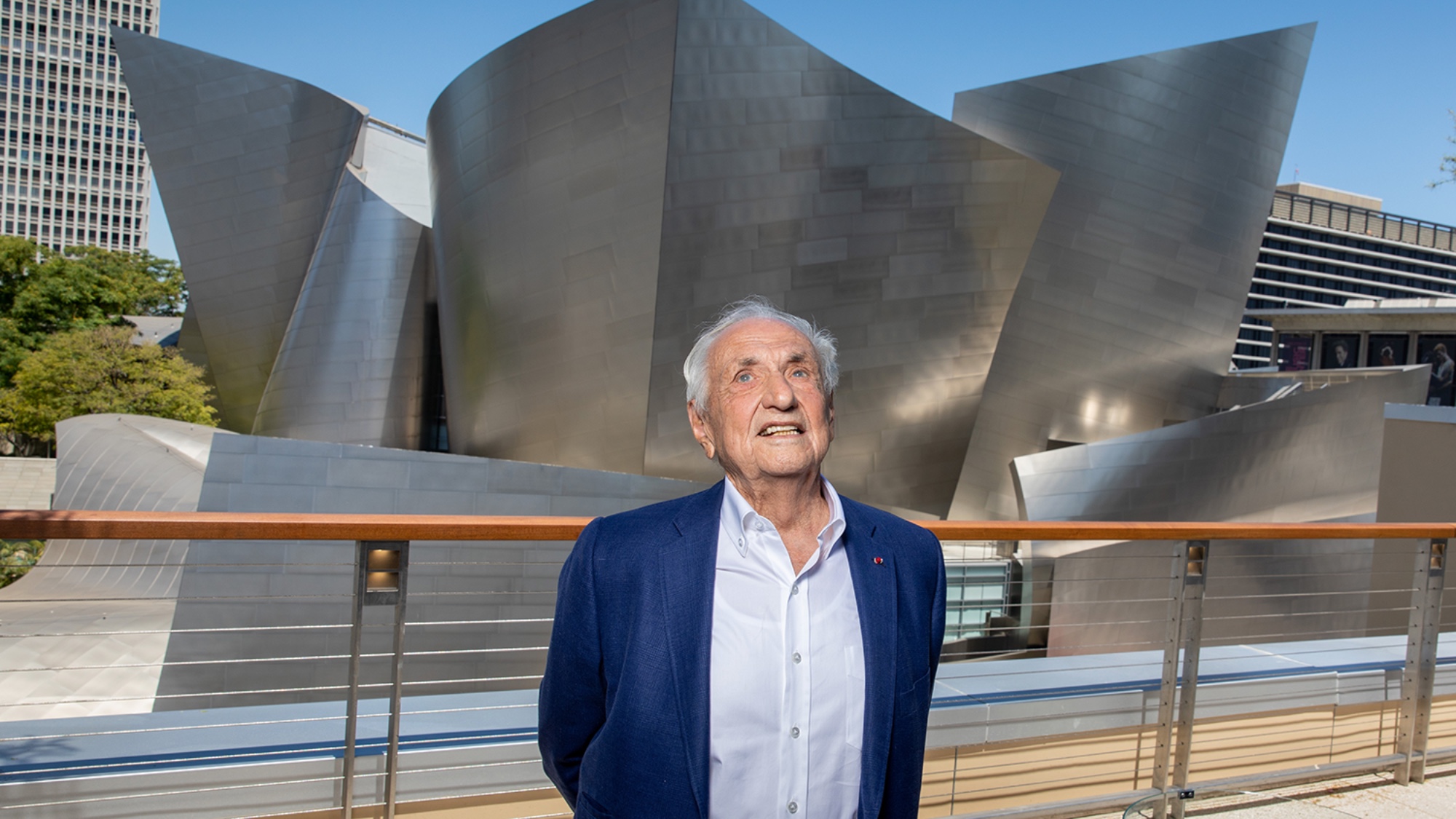 Frank Gehry: the architect who made buildings flow like water
Frank Gehry: the architect who made buildings flow like waterFeature The revered building master died at the age of 96